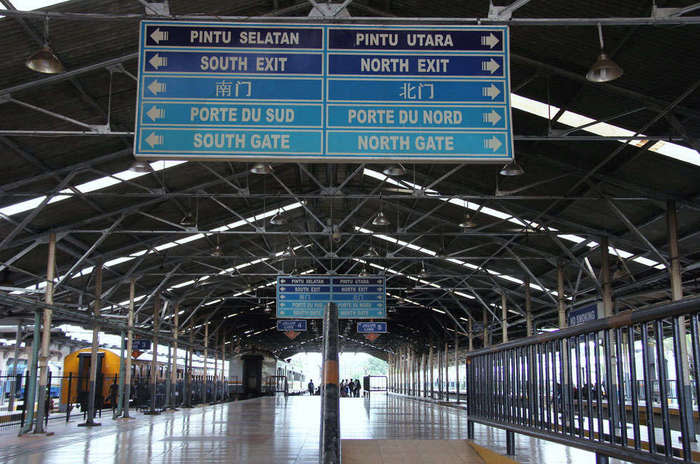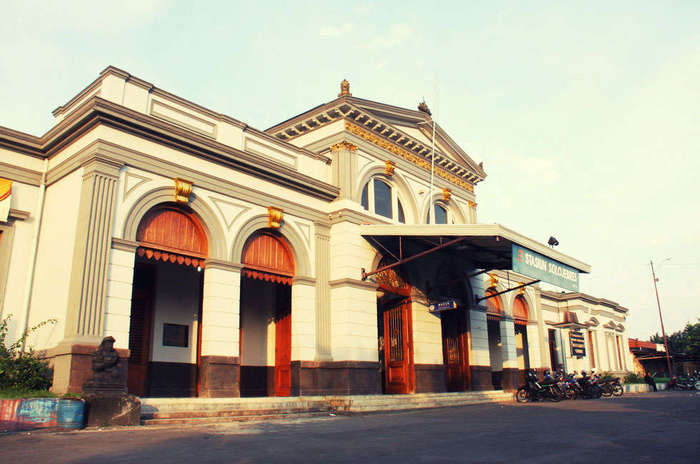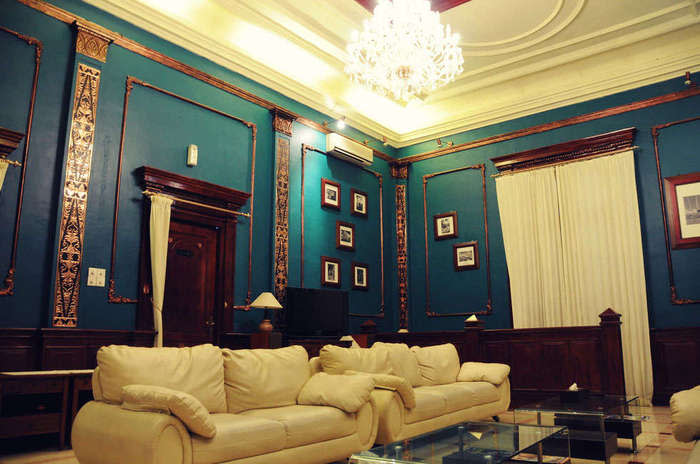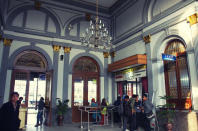What to know about the beautification of KAI's train stations
The history of Indonesian trains dates back to the Dutch colonial era.
Initiated by the cultivation system imposed by the Dutch government in 1830 upon Indonesian natives, which had a positive impact on the growth of plantations in inland areas, Colonel JHR Van der Wijk came up with the idea to construct a railway network covering regions rich in grown commodities in 1840.
In 1862, the Dutch government issued a concession to Indonesia’s first railway company, the Nederlandsch – Indische Spoorweg Maatschappij (NIS), to build the first railway from Semarang to Tanggung in Central Java, which was 26 kilometers long.
About three years later, the nation’s first ever rail line was officially opened, followed by the construction of railways throughout Java and Sumatra.
Thus, the train station industry in Indonesia is part of the country's heritage, since everything operating today is a legacy of the colonial era.
"Even the railways we are using now, though they have been renewed with a double track, are still the original railways down to the bridges and tunnels," said Ella Ubaidi, executive vice president of conservation, maintenance and design architecture for Indonesia’s train operator PT Kereta Api Indonesia (KAI).
Ella added that, in addition to the historical value, the railway's construction is also a legacy of the technical and engineering schools in the country.
She later mentioned some of the train stations built by world-celebrated architects in that period had become architectural treasures, such as the Jakarta Kota Station by Frans Johan Louwrens Ghijsels, Cirebon Station by Pieter AdriaanJacobus Moojen, Semarang Poncol Station and Tegal Station by Henry Maclaine Pont and Solo Balapan Station by Herman Thomas Karsten.
"These stations are considered to be national heritage buildings, landmarks to enter the city and masterpieces of great architects in that time. They also show great acculturation between local influence and European-style architecture," Ella said.
In 2009, KAI created a special conservation unit whose duties include renovating and revamping these national heritage buildings to suit the train company's image, serving and accommodating train passengers' needs and generating income for the company.
"One of our jobs is beautifying the train stations which basically means trying to improve our services for our passengers by optimizing the buildings, most of which are national heritage buildings," explained Ella.
She gave the example of the Jakarta Kota Station which, prior to renovation, was unattractive for business retailers. But now the station has successfully attracted lifestyle tenants such as Starbucks.
"This is a successful case of re-adapting the use of a heritage building to accommodate new needs while still maintaining and obeying the rules of heritage building conservation. We have also renovated other stations such as Manggarai, Jatinegara and Gambir as well as those in Yogyakarta, Semarang, Surabaya and Solo," Ella said
Facing challenges, such as a growing number of passengers, Ella said that many train stations in the country need to be expanded and new structures need to be developed. But their new design must also meet several requirements, including paying respect to their original design, matching the city's architectural plan, accommodating new needs in terms of space and function and following the guidance of standard passenger services set by the Ministry of Transportation.
"Passengers' comfort is our responsibility. We always try to improve our train stations to achieve this goal," said Ella.
Read also:
Batara Kresna railbus to reopen Surakarta-Wonogiri route in early 2015











